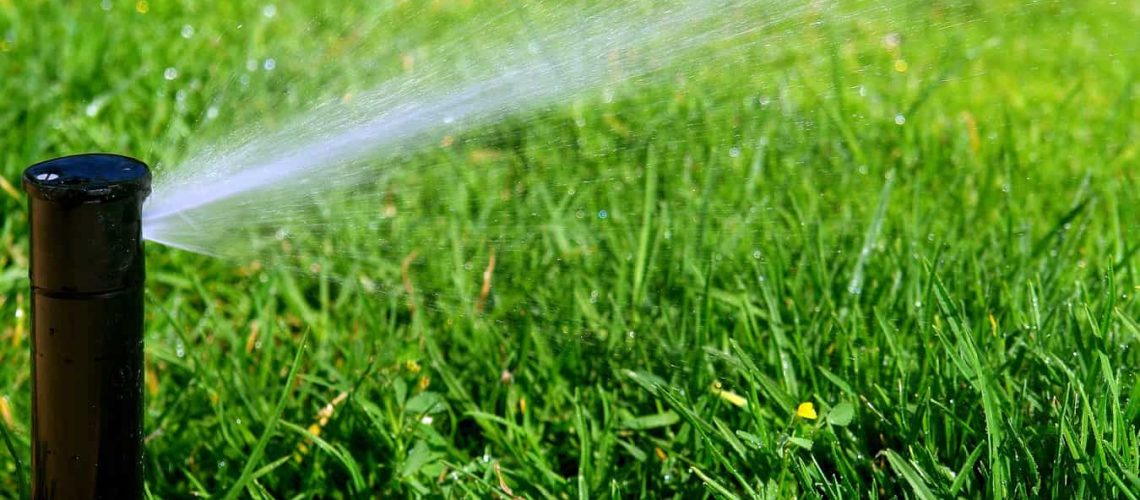Every homeowner wants to wake up to the sight of a beautiful lawn. However, not everyone can have a happily-ever-after, especially when your lawn lacks proper care and maintenance. Watering your plants regularly is important to prevent brown patches. This is why seeing sprinkler systems in Florida lawns do not come as a surprise. After all, they are a necessity. So, what is the golden rule for watering your lawn?
When is the best time to water?
Some might think that any time of day works when watering your lawn, but there is a specific time to water that will maximize the growth of grass and other plants. The best time to water grass is during their natural state, which is early morning hours. Expect the grass to have 60% evaporation loss during the day. If you are unable to water in the morning, you can also water in the late afternoon. Just make sure that you stop the process before dark because the water left on the grass blades can encourage the growth of fungus and disease.
How long should you water?
Aside from taking note of the best time of day to water the grass, you should also be aware of the proper way to run your sprinklers. Based on Florida soils, you can replenish your grass if you maintain an average of 1/2 to 3/4 of an inch of water for each application. You should start with the root zone, making sure that you saturate it. For deep root growth, you need to allow the soil to dry for the grass the grow healthy. While exposing your grass to the heat during summer months is inevitable, following water regulations keeps them healthy.
There are factors that will determine how long you should run your sprinklers. First, you need to run your sprinklers for approximately 15 minutes. Then, place empty cups or cans at various distances in one zone to measure the amount of water collected. You will be able to find out the amount by calculating the average depth of water and the time it took to apply a 1/2 to 3/4 inch of water to the grass.
March through early June watering tips
Observe diligent watering of your lawn during these months, especially in May when rain is rare. Be aware of watering restrictions in your area as you might only be allowed to water twice a week. If this is the case, follow the recommended amount of water for each cycle so your lawn will survive the hot and dry weather. However, in cases when you are only allowed to water once per week, seeing damage in some parts of your lawn cannot be avoided since a watering interval of seven days is too long. Your lawn cannot take hot and sunny days. Once the rain returns, your lawn will be able to recover except when you failed to apply heavy sprinkling during the permitted watering day.
June through September watering tips
Watering needs to be done twice per week. You have to stop your watering routine for a week if the rain comes, but you should make it a point to irrigate to prevent damaging your lawn. Once the rain becomes frequent, there is no need to sprinkle the lawn.
October through February watering tips
This is the period where your lawn no longer needs frequent watering. The days become shorter and the temperature during daytime becomes moderate, usually between 80 to 70 degrees. There is no need for any additional sprinkling if the daytime temperature ranges from 60 degrees to 70 degrees.


